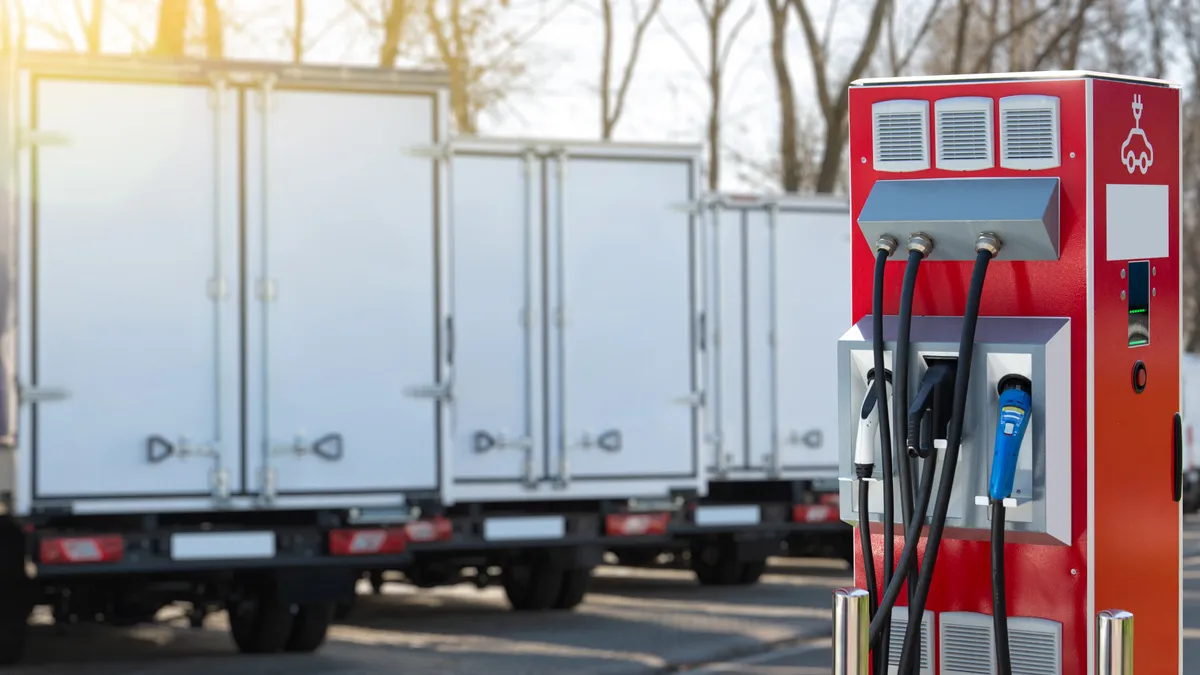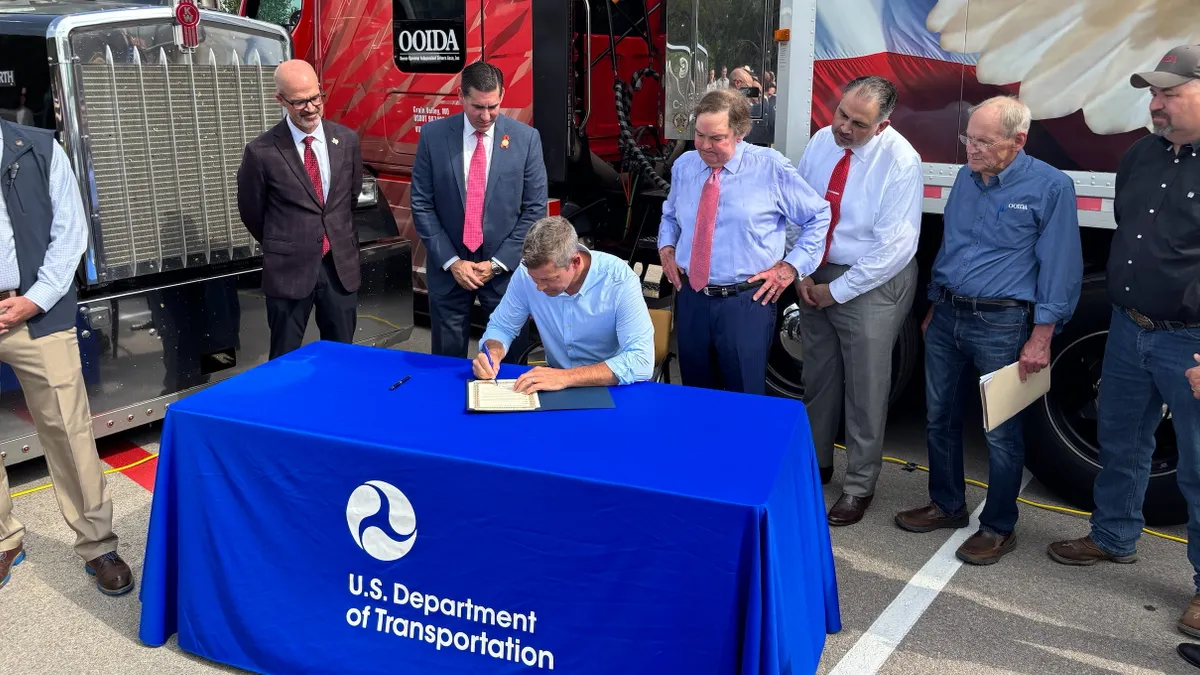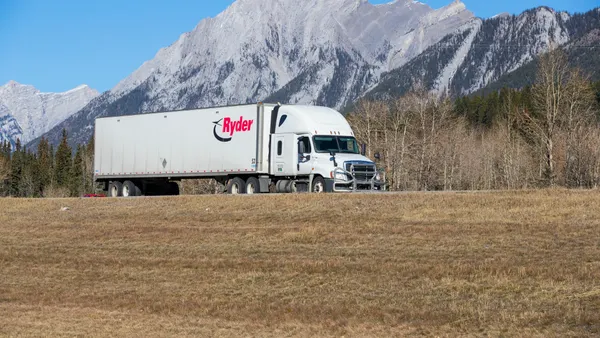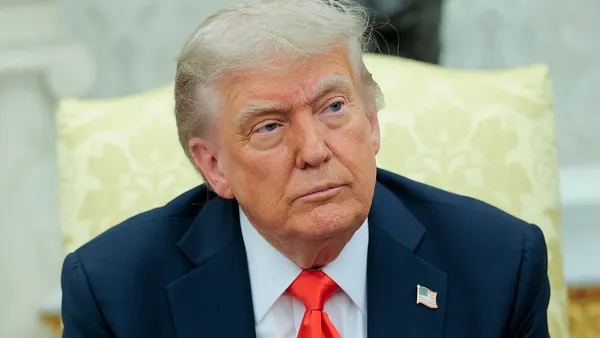This is a contributed op-ed written by Jim Monkmeyer, president of transportation at DHL Supply Chain. Opinions are the author's own.
While there is a lot of important momentum in electric commercial trucks, the transition away from diesel fuel faces a long road ahead.
Electric tractor-trailers are in very few fleets right now, as battery technology still hasn’t developed to the point of achieving the necessary miles per charge to compete with diesel.
In the interim, we have to make diesel-powered vehicles cleaner.
The transportation sector is the largest source of climate pollution in the United States. Diesel-powered delivery trucks and tractor-trailers make up only 4% of the vehicles on the roads, but they are responsible for nearly half of the nitrogen oxide emissions, nearly 60% of the fine particulates from all vehicles and about 7% of all greenhouse gas emissions in the U.S., according to the Environmental Defense Fund.
Electric trucks and other zero-emission fuels may be coming, but combating climate change calls for quick, instantly effective solutions. The industry should be talking about what we can do for truck owners today, because 97% of heavy-duty vehicles are still diesel-powered.
The Supporting Trucking Efficiency and Emission Reductions Act, or STEER Act, can be part of the answer.
How a federal bill can help the industry
Thanks to private-sector innovation, there is a whole new class of emission-reducing active technologies that can be retrofitted to existing trucks and have the potential to improve fuel efficiency by as much as 15%. The new crop of emission-reducing technologies addresses aerodynamics, such as closing the tractor to trailer gap at highway speeds, proper tire pressures to reduce rolling friction, and tractor cab energy utilization.
These devices adapt to driving and vehicle conditions automatically to minimize overall drag and road resistance, creating a more efficient truck in motion and maximizing fuel efficiency in real-time. Even in a future of electric trucks, these technologies can help fleet owners boost the performance of their vehicles and offer significant range extension.
While these systems save fuel and generate a good long-term return on investment, the upfront cost remains a significant barrier to adoption because trucks often cycle through several owners before the payoff period can be met. As such, these fuel-saving devices will slowly penetrate the market, primarily through new truck sales, although they can be installed right now on the existing fleet of less-efficient trucks.
U.S. Representative Rodney Davis, a Republican from Illinois, introduced the STEER Act to establish a Department of Energy incentive program that assists truckers in purchasing and installing fuel-saving, emission-reducing technologies.
A targeted voucher program such as that would enable the trucking industry to cost-effectively modernize their fleets extending the life of their existing vehicles, while awaiting the introduction and scaling up of more electric tractor trailer models.
Conservative politicians should want the government to make these investments because they will help small-to-medium-sized businesses that employ roughly 3 million hard-working Americans. Trucking firms are included in that, as 95% of all for-hire trucking fleets have fewer than 20 trucks, according to the Owner-Operator Independent Trucking Association.
These smaller businesses will need help in funding a transition to a more fuel-efficient future. They can’t achieve sustainable transport solutions on their own, especially in an accelerated time frame, while also maintaining their profitability and the stability of their workforce.
Congress has the opportunity to accelerate market penetration of these new technologies by more than a decade. The STEER Act could cut national fuel consumption by 4.5 billion gallons a year via widespread technology adoption. This decrease in fuel consumption would eliminate 50 million tons of carbon dioxide emissions.
Commercial trucks keep our economy moving, and we should value all efforts to make them sustainable.










